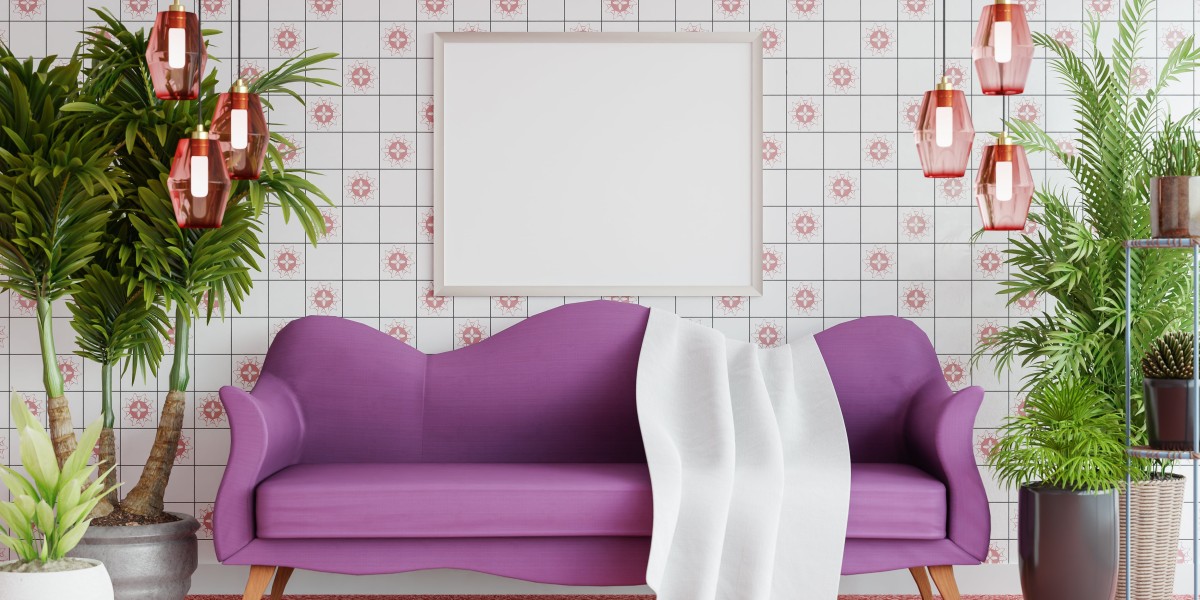The Purr-fect Solution: RepairMyWindowsAndDoors A Comprehensive Guide to Indoor Cat Door Installation
As any cat owner knows, providing a safe and practical method for felines to go into and exit the house can be an obstacle. Traditional doors frequently posture a problem, as they can be tough for cats to open and close, and may even posture a risk of accidental escape or injury. This is where indoor cat doors been available in-- a simple, yet efficient option that enables your feline pal to come and go as they please, while maintaining the comfort and security of your home.
In this article, we will look into the world of indoor high-quality cat flap installation door installation, exploring the benefits, types, and installation processes included. Whether you're an experienced DIY enthusiast or a newbie property owner, this thorough guide will supply you with all the details you need to develop a purr-fectly operating cat door for your feline companion.
Benefits of Indoor Cat Doors
Before we dive into the installation process, let's have a look at the advantages of indoor cat doors:
• Convenience: Indoor cat doors allow your cat to come and go as they please, eliminating the requirement for constant door opening and closing.• Energy Efficiency: By minimizing the variety of times you need to open and close standard doors, indoor cat doors can assist reduce heat loss and gain, making your home more energy-efficient.• Safety: Indoor cat doors minimize the threat of unintentional escape or injury, as your 24/7 cat flap installer can securely enter and leave your home without the risk of being caught or struck by a closing door.• Reduced Stress: Indoor cat doors can help in reducing stress and stress and anxiety in both felines and owners, as they remove the requirement for consistent door tracking and produce a more serene living environment.
Kinds Of Indoor Cat Doors

When it concerns indoor cat doors, there are several types to pick from, each with its own unique qualities and advantages:
- Magnetic Cat Doors: These doors utilize a magnetic closure system to keep the door shut, and are perfect for smaller felines and kitties.
- Spring-Loaded Cat Doors: These doors utilize a spring-loaded system to keep the door shut, and appropriate for larger felines and multi-cat families.
- Electronic Cat Doors: These doors use sensing units and motors to manage access, and are perfect for tech-savvy owners who want a modern solution.
- Manual Cat Doors: These doors need manual opening and closing, and are ideal for owners who choose a more traditional approach.
Installation Process
Installing an indoor cat door is a fairly straightforward process that requires some fundamental DIY abilities and tools. Here's a detailed guide to help you get begun:
Tools Needed:
- Drill and bits
- Screwdriver and screws
- Measuring tape
- Level
- Pencil and marker
- Shatterproof glass and a dust mask (optional)
Step 1: Choose the Perfect Location
When selecting the ideal area for your indoor cat door, think about the following elements:
- Traffic: Choose a location with very little foot traffic to avoid mishaps and stress.
- Accessibility: Ensure the place is easily available for your cat, and ideally near a food source or litter box.
- Environment: Avoid areas with extreme temperatures, moisture, or drafts.
Action 2: Measure and Mark the Door
Measure the width of your cat door and mark the center point on the wall or door frame. Use a level to make sure the mark is directly, and a pencil to draw the line along the length of the door.
Action 3: Cut Out the Door
Utilize a drill and bits to cut out a hole for the cat door, following the manufacturer's directions for size and shape.
Step 4: Install the Door Frame
Set up the door frame, ensuring it is level and secure. Use screws to attach the frame to the wall or door frame.
Step 5: Add the Door Panel
Connect the door panel to the frame, following the manufacturer's guidelines for assembly and installation.
Step 6: Test the Door
Evaluate the cat-friendly door installation to guarantee it is working effectively, and make any necessary changes to the positioning or tension.
Often Asked Questions (FAQs)
Q: How do I pick the best size cat door for my pet?
A: Measure your cat's width and height to determine the ideal door size. Talk to the manufacturer or a pet expert for assistance.

Q: How do I avoid drafts and moisture from entering through the cat door?
A: Install a weatherproof seal or threshold to reduce drafts and moisture. Frequently clean and keep the door to avoid damage.
Q: Can I install an indoor cat door in a bearing wall?
A: It is recommended to avoid setting up exterior cat flap fitting doors in load-bearing walls, as this can jeopardize the structural integrity of your home. Speak with a professional if you're not sure.
Q: How do I keep other animals or pests from getting in through the cat door?
A: Install a safe and secure locking system or use a magnetic closure system to prevent undesirable entry. Consider including a screen or mesh to keep bugs and bugs out.
Idea:
• Add a ramp or action: Create a comfy and safe entry point for your cat by adding a ramp or step.• Use a soft-close system: Reduce noise and tension by setting up a soft-close mechanism that slows the door's closure.• Regularly tidy and maintain the door: Keep your cat door in top condition by frequently cleaning and maintaining the door and its parts.
In conclusion, installing an indoor cat door is an easy and efficient method to develop a comfortable and hassle-free living environment for your feline buddy. By following this comprehensive guide, you can develop a purr-fectly working cat door that meets your pet's needs and improves your home's convenience and security.







